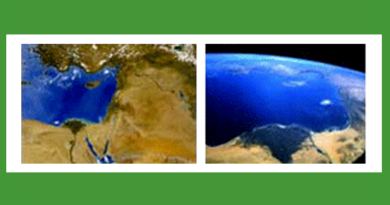Earth Summit: Lake Chad
26.08.2002
Lake Chad used to be the sixth largest lake in the world. Now it has shrunk to a mere one-tenth of its former size.
90% of its water comes from Chari River.
The average quantity of water flowing in the Chari has declined by half.
As a result of the degradation of the lake’s environment, the inhabitants have stopped raising cows and camels. Instead, they now herd sheep and goats. This resulted in a severe degradation of the vegetation cover and the wood-producing trees.
The surface area of the lake surface has shrunk from 25000 square kilometers to only 2000.
The life of more than 20 million people depends on Lake Chad. This number will double within a quarter of a century. So will the number of the eight million people who currently live directly on the Lake.
In order to save Lake Chad, there is an urgent need to complete the construction of the Palembo Dam on the Opanghi River. Thus, the Opanghi and the Chari rivers will be connected to each other. The waters of the Opanghi will flow into the Chari. A great deal of work is also required to combat the sands threaten to block the flow of the Chari River.
Such work far exceeds the capacity of the countries concerned. As such, it requires international action and assistance.
I place this problem before the Johannesburg Conference.




